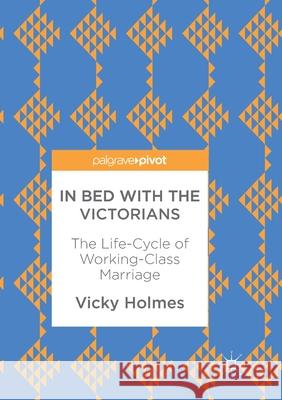In Bed with the Victorians: The Life-Cycle of Working-Class Marriage » książka
topmenu
In Bed with the Victorians: The Life-Cycle of Working-Class Marriage
ISBN-13: 9783319868523 / Angielski / Miękka / 2018 / 125 str.
Kategorie BISAC:
Wydawca:
Palgrave MacMillan
Język:
Angielski
ISBN-13:
9783319868523
Rok wydania:
2018
Wydanie:
Softcover Repri
Ilość stron:
125
Waga:
0.18 kg
Wymiary:
21.01 x 14.81 x 0.76
Oprawa:
Miękka
Wolumenów:
01
Dodatkowe informacje:
Wydanie ilustrowane











